7 Essential Tips for Using Spices and Herbs

LAST UPDATED: August 8, 2025
READ TIME: 14 minutes
Table of Contents
Let's Get Started
Jumping into the world of spices and herbs can be a little intimidating, but understanding a few key basics can help you find your rhythm in no time. Whether you're looking to add a burst of flavor to a simple plate, create a signature dish that's uniquely yours, or just have fun experimenting with new tastes and techniques, these tips will help you get started:
1. Buy Whole, Stay Fresh
The number one (and often overlooked) tip is to buy fresh, whole spices and herbs. This means buying whole spices—whole seeds or fruits or pods and so on—not pre-ground powders, and buying or growing fresh herbs instead of dried and pre-shredded leaves. The logic for both is the same: the reason you are using spices and herbs in the first place is for their volatile oils. The oils are the source of all of the flavor and aroma you're looking for, and they’re volatile! That means they dissipate, especially when you grind a spice or dry an herb.
The process of grinding spices quite literally releases those oils into the air, so they’re not as present in their pre-ground counterpart. They fully evaporate within days of grinding a whole spice. And the most volatile, the oils that leave the fastest, are typically the most coveted—the delicate top notes that distinguish an exquisite spice from an ordinary one. So when you use pre-ground spices or dried herbs, you’re using an entirely different product with a completely different flavor and aroma profile.
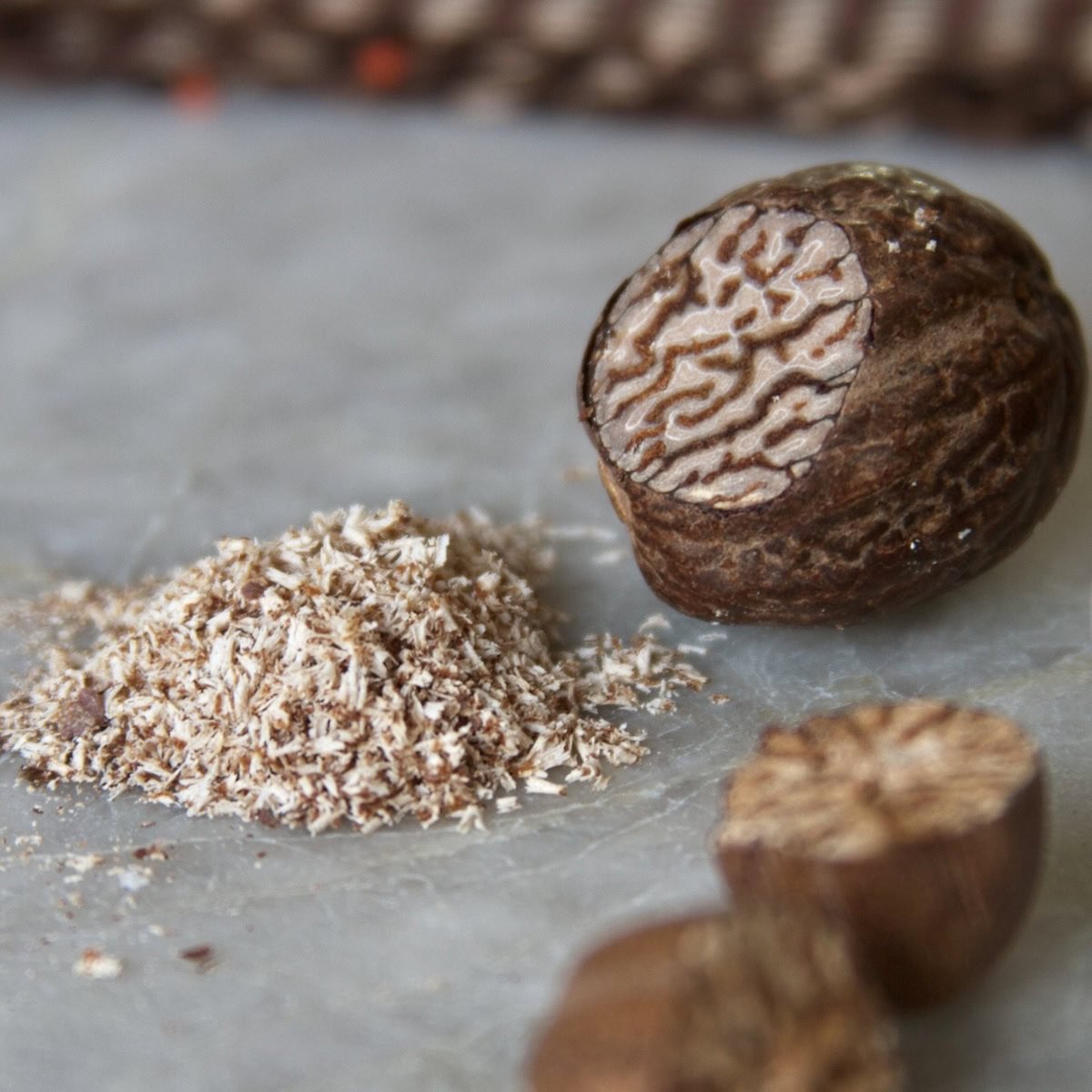
The citrusy burst of coriander seeds, the delicate sweetness of Ceylon cinnamon sticks, the intoxicating aroma of basil, the fruitiness of black pepper, the insane complexity of nutmeg (above)—all absent from their pre-ground forms. So if you buy pre-ground spices and herbs, you are missing out on their essence, their true taste and smell. Grinding whole spices yourself is also very satisfying. You get to experience the initial burst of some of the finest aromas the natural world has to offer.
Now, most spices are already dried and are thus relatively shelf-stable (which is why they’re often referred to as “pantry items”), but there is a big difference between a “fresh” dried spice that was harvested 3 months ago and an old one that was harvested years ago. You shouldn’t treat them like other pantry items like canned goods. They are produce that was cultivated, harvested, and dried to solidify their properties.
Freshness still matters, since volatile oils will dissipate over time as the whole spice loses moisture. You wouldn’t eat a fruit that’s four months old, so you shouldn’t use cardamom you bought five years ago. Spices never spoil, which is why there’s no strict rule for how long they keep. Some definitely do last years, but it's best to keep a fresh inventory to get the most out of them.
The best path is to buy fresh, whole spices or herbs in smaller quantities, and use them frequently to extinguish your inventory and buy them again. This also allows you to try out new spices more often. A good rule of thumb is to fully use and refresh your spice rack every 6-9 months. At the very least, you should always aim to use up each whole spice within a year of its purchase date. A good practice is to simply write the purchase date on the container right after you buy a spice so you can reference that over time. It won't come with an expiration date! And a fun way to use up all your aging spices is to throw them all in a big soup and see what unexpected flavors emerge.
Of course, pre-ground powders and dried herbs do have utility. They're fast and convenient and impart their own take on the seasoning. And most blends come pre-ground to ensure the flavor profile is evenly distributed. But the extra effort required to grind a whole spice in an electric coffee grinder (not much effort) is without a doubt, absolutely worth it.
2. Store Them Properly
You now know the why behind “stay fresh.” Here's the how. Spices and herbs will lose their taste and aroma much more quickly if not stored correctly. "Storage" isn’t the best way to put it since the goal is not to store them away for future use. The goal is to use them now and often. You want to keep them close at hand to encourage you to use them daily, but you also need to protect them.
Let’s start with spices and then move on to fresh herbs. Four main elements cause a spice to lose potency: air, light, heat, and moisture. So above your stove or on a windowsill is far from ideal. The worst possible place would be an open bowl in direct sunlight, right over a steaming pan. Spices must be kept in an airtight container in a cool, dark, dry place. Let’s go deeper to see why we need to mitigate these elements:
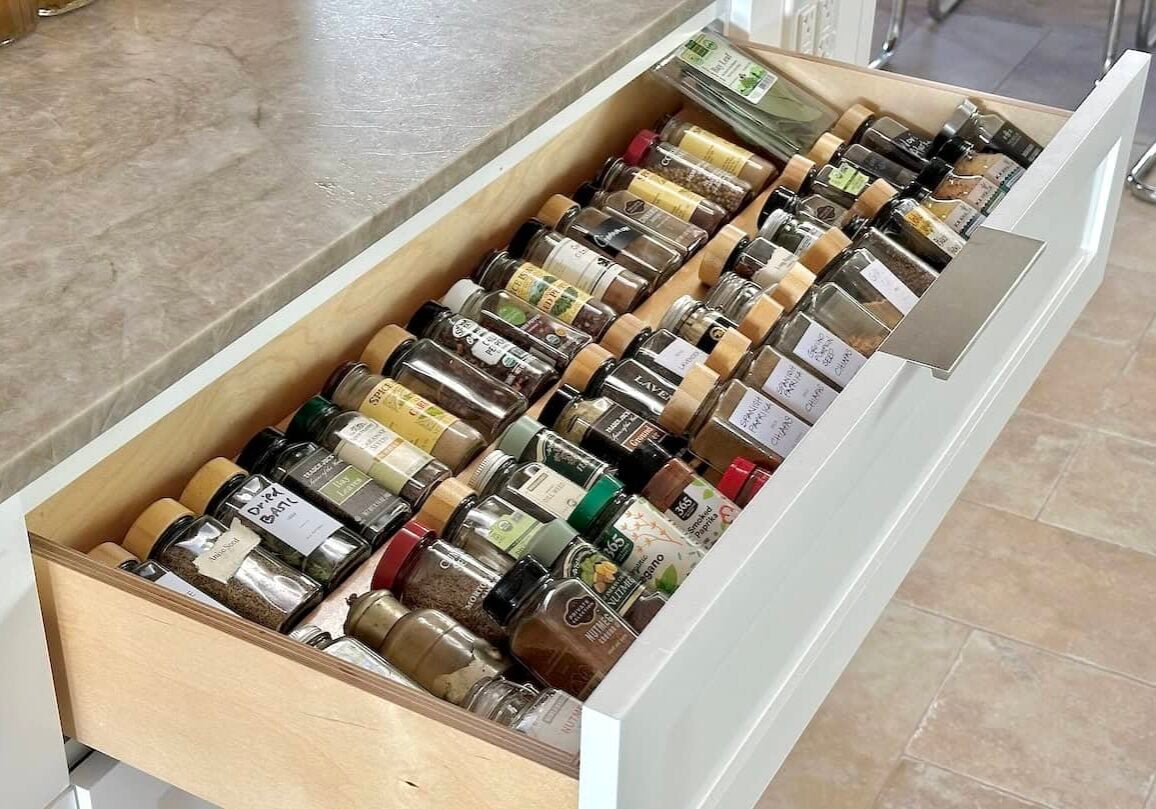
- Why is air bad for spices?
- When spices interact with oxygen, a chemical reaction called oxidation occurs which targets a spice’s volatile oils. The complex molecular structure of the flavor compounds breaks down, resulting in a different (worse) experience of them. It’s similar to the browning of a freshly peeled apple, so you can visualize your spices browning like that with air exposure over time—not good.
- Why is heat bad for spices?
- A spice’s volatile oils gradually evaporate under heat. As we now know, that’s enough of a reason right there. But heat can also bleach out the natural pigments in some spices. For vibrant spices like paprika, its beautiful color is a sign of its potency, so any fading portrays a lower-quality product and strips away your ability to make visually stunning dishes. Another reason to keep them cool is that heat can increase humidity, which brings us to the next point.
- Why is light bad for spices?
- Certain compounds are photosensitive, meaning they react negatively to light, which also leads to dull flavors and colors and even the formation of undesirable byproducts. For example, curcumin in turmeric degrades with light exposure, which lessens its vibrant yellow color and antioxidant activity.
- Why is moisture bad for spices?
- Moisture also alters volatile compounds, so you want to keep your spice containers dry. This means, primarily, not leaving the jar open next to a boiling pot of water and not sprinkling the spice directly from the jar into a pan, as the steam will rise into your jar and contaminate the rest of it. Luckily, the latter is already solved by using whole spices—you’ll be doing less sprinkling from the container and more applying the freshly ground spice with a spoon straight from your grinder of choice. But if you do have powders, like many blends that only come pre-ground, moisture will make them clump together and you'll have to re-dry them in the oven which is an unnecessary pain. This point becomes even more paramount if you live in humid climates. Close your jars as soon as you take out the spice, and put it right back into your cool, dry drawer.
Looking at these factors, a great place to keep your airtight spice jars is simply in a kitchen drawer or cabinet away from your stove, with any kind of spice rack insert or organizer. Arranging them alphabetically or according to how you use them (like by cuisine or flavor profile) will make it much easier to grab them on the fly. It’s important to reduce any friction to using them frequently. You’ll get so much more out of your spices by following these simple rules.
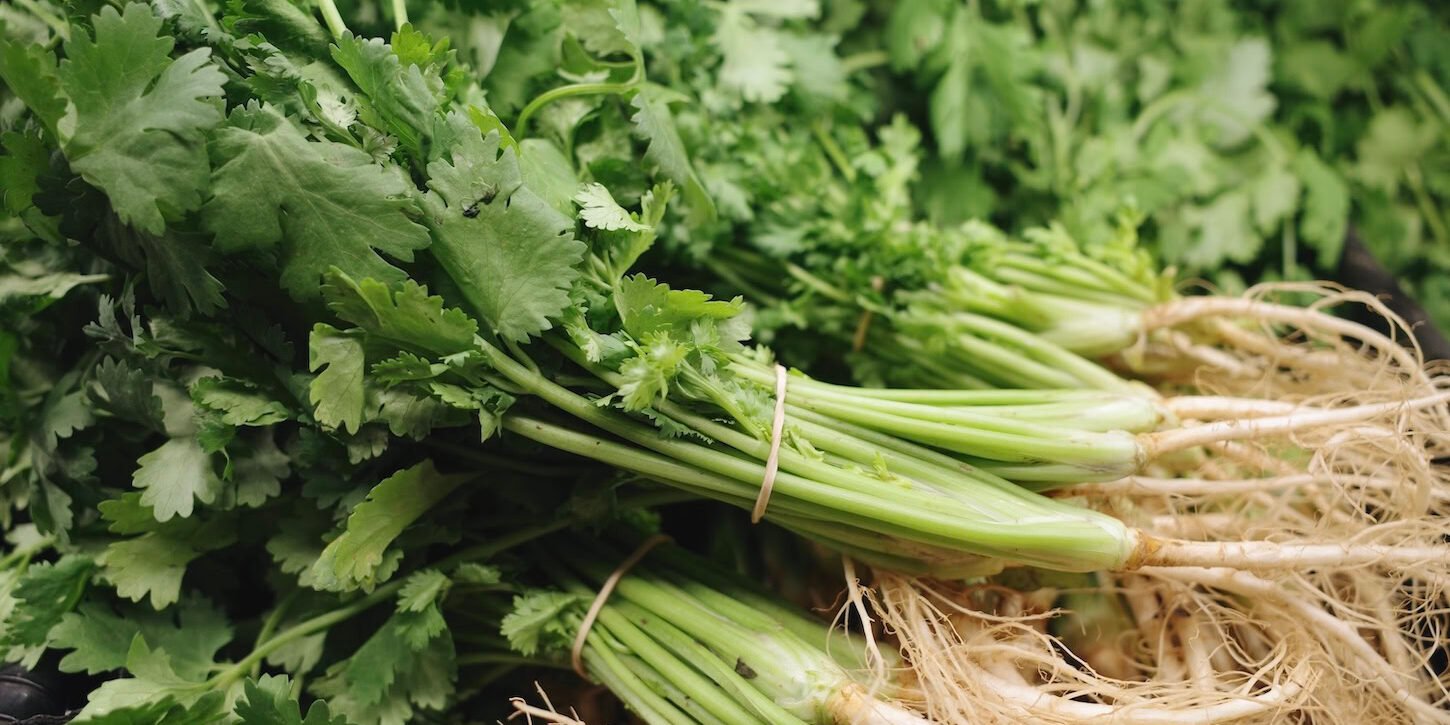
For herbs, a sound tactic is to wrap them in a damp paper towel and keep them in the refrigerator. This will help them maintain their freshness. First, remove any rubber bands or fasteners, spread out the sprigs, and discard any that look wilted. Then cut off any roots and trim off any yellowing, black, or slimy parts. Next, wash them in a big bowl of water and dry them on a towel. Wrap them loosely in paper towels and place them into a ziplock bag.
Depending on how crowded your fridge is, you may want to blow into the bag to give the sprigs some cushion so they don’t get damaged. You can also use a hard-shell container to offer the same protection. It’s important to store them in the warmest part of the refrigerator, which is typically not in the back. You don’t want them to freeze, and you don’t want them hiding behind everything else since it's too easy to forget they’re there.
If you're looking to use them again relatively quickly, you can cut the sprigs near the bottom, as you would with roses, and place them upright in a glass/jar of water on a shelf in your fridge. Just remember to change the water daily to prevent bacterial growth.
3. Understand Flavor Profiles
Seasonings can be categorized based on their flavor profiles. Some herbs are pungent and savory, while others are sweet and delicate. Some spices are warm and earthy, while others are bright and citrusy. This goes for blends and mixtures as well.
To successfully deploy seasonings in your cooking, it's important to familiarize yourself with the various types of profiles and group them accordingly (at least in your mind, although you could do this in your spice rack as well). This allows for faster decision-making as you select seasonings for a dish. It also empowers you to experiment with different spices with similar profiles. Knowing which spices complement each other can be transformational for your cooking. You can find this in our "How to Use" pages, like this one for anise.
4. Understand Regional Differences
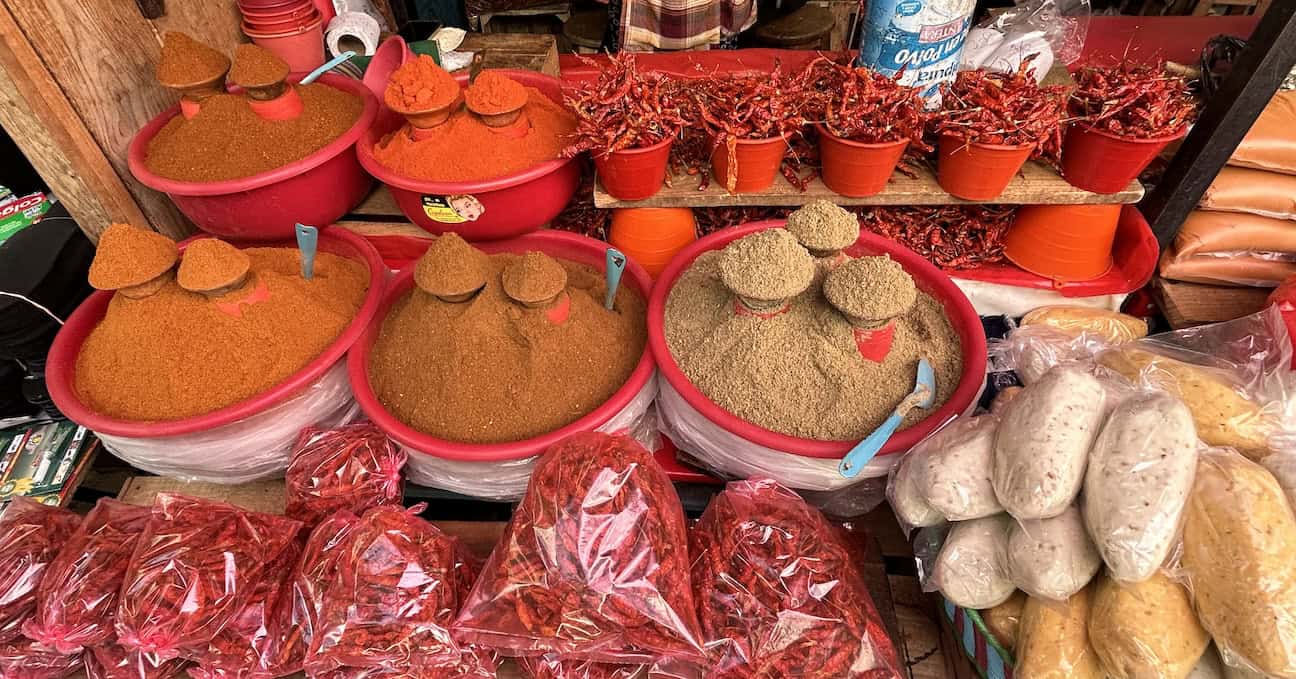
Different cuisines use different seasonings, so exploring new cuisines can open up a world of flavor. Branch out from your common spices like black pepper, garlic powder, and paprika, and add some new spices from your recipe's home cuisine.
Before trying a new seasoning, learn a little about its cultural significance and traditional uses. Appreciating a spice's history—where it comes from and why it's important to whom—helps get the creative juices flowing. How was it used long ago? Why are cardamom and tulsi so important to Indian cuisine? How do Italian home cooks use fennel seeds? Certain spices are special to certain places. Getting to know both the spice and the place is key. You can learn all about this for each one in our Spice & Herb Compendium profiles.
With practice, you'll learn how to use a spice in a way that is either authentic to tradition or intriguingly novel. Just know when you’re taking which approach, and in which contexts it's most appropriate. Regardless, the learning journey will make your recipes all the more delicious.
5. Experiment with Combinations
Just think how many beloved blends there are in the world. They exist because of the massive opportunity spices offer us—the ability to combine them in countless ways to create entirely new flavors. Consider the following:
- There are a multitude of flavor and aroma compounds in each spice and herb (vanilla: 250+, saffron: 150+).
- The concentrations and ratios of these compounds change depending on the variety, region, and production methods.
- Dozens of different spices and herbs can be added to a single dish in varying proportions.
Therefore, the number of flavor possibilities quickly becomes astronomical. It's a true combinatorial explosion.
Trying out new combinations is one of the great joys of cooking. When doing so, start with small amounts and taste as you go. Some may not work as well as others. It's okay to make mistakes and adjust. Learn from your experiments and improve through iteration. It took Edison 10,000 trials to invent the lightbulb, and he didn't get to eat his trials.
6. Enhance the Natural Flavors of Your Ingredients
The beauty of spices and herbs is that they can enhance the inherent flavors in food. When you find the perfect balance, they prop the other ingredients up onto a pedestal. They don’t need to steal the show.
Achieving this harmony requires a thoughtful, measured approach. The key is to use a light hand so that you can run mini-experiments and taste as you go. Start with small amounts and add more until you achieve the ideal taste. This greatly reduces the likelihood that your seasonings overpower what’s already there. It also allows you to adjust the effects. If you added too much salt or sugar or vinegar, you can balance out the entire dish with more seasoning if you catch it in time.
This is particularly important when dealing with especially strong spices. Even just a touch too much of an extremely potent one like Sichuan pepper, cloves, or star anise will cause them to dominate the whole dish.
The perfect example of this is heat. It's really hard to make a dish less spicy. Dump too much chili powder in the pan and there's no going back. You can try to mitigate it by adding more ingredients, lemon juice, or butter, but it can get messy. It's best to balance as you go. Spices and herbs are powerful tools. They must be wielded with respect.
While adding a lot of flavor to your dish can be a benefit in certain instances, exercise caution first. The goal is simply to enhance and harmonize. Let your main ingredients be the stars. Your spices are happy in their supporting role.
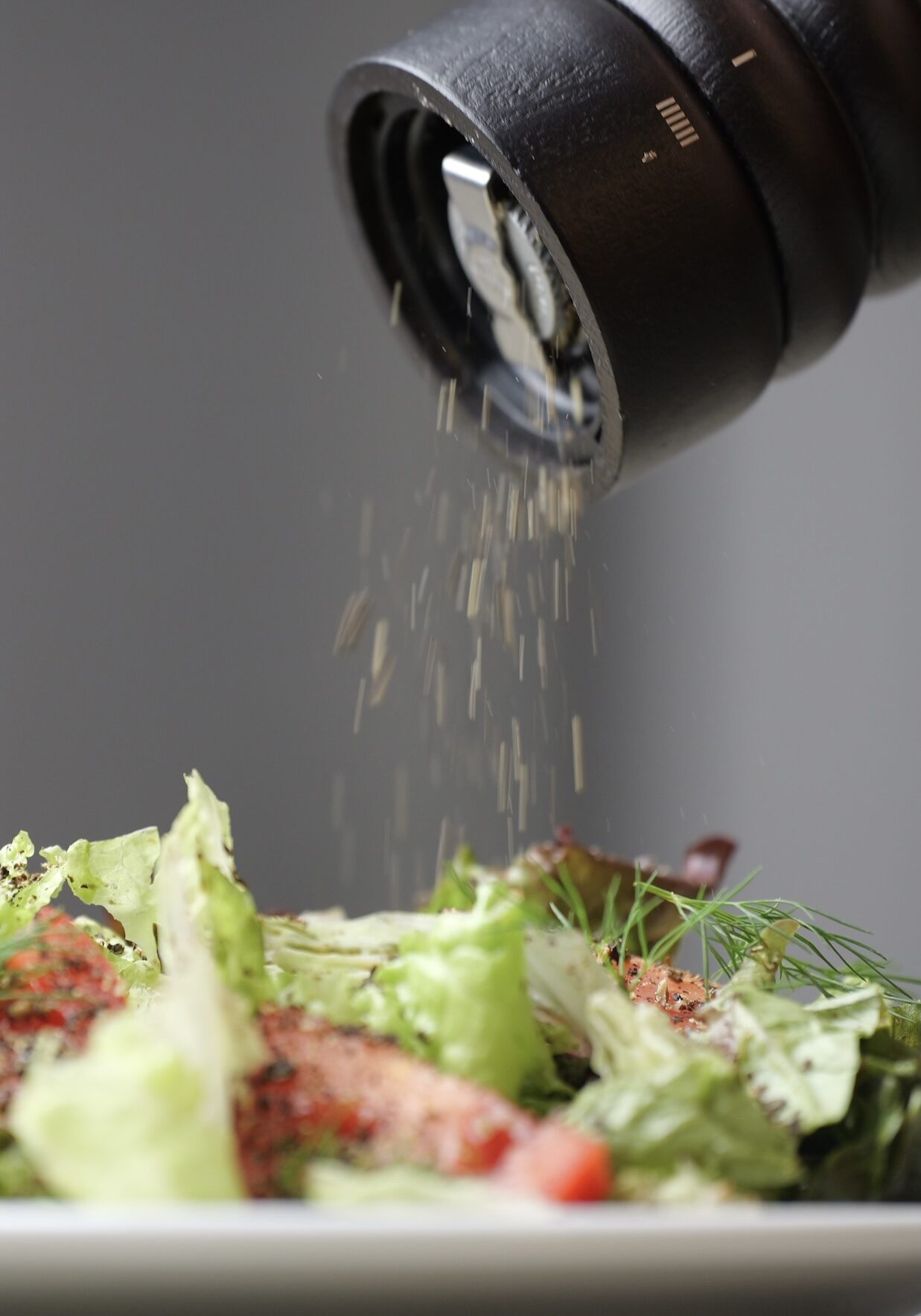
7. Have Fun!
Spices and herbs, with their endless complexity, can be intimidating. You can approach them with trepidation or reckless abandon. The choice is yours. Just keep in mind that they can make the cooking process exceptionally fun. This is probably the most important of all seasoning tips. Never fear, enjoy it! Here are some ideas for amusing yourself as you learn more about spices and herbs:
- Play with new flavors
- Experimenting with unusual combinations to find unique pairings should be a given. It becomes even more fun when you try out some new exotic spices you’ve never heard of before and see what they do! Instead of black pepper, try long pepper or grains of paradise. One of them may end up being one of your favorites and a staple in your kitchen for years to come. You can also replace spices you use a lot with a combination of other spices. Substitute allspice for cinnamon, cloves, and nutmeg!
- Use spices and herbs in unexpected ways
- Create your own signature dish
- Explore new combinations of spices and herbs with your favorite recipes until you find something that is entirely your own. For example, you could combine cumin, coriander, and smoked paprika to create a bold and smoky rub for grilled chicken, and then build on your success by throwing five other complementary spices in the mix to see what sticks. Make something that you love so much it becomes an expression of your soul that you can share with your loved ones.
- … or your own seasoning blends
- Creating homemade seasoning blends is a great way to customize your dishes with your own personal flair. Tailor them to your taste preferences and then use them over and over again in a variety of dishes. For example, you can create a personal blend of herbs like oregano, thyme, and rosemary by testing different ratios and dozens of unique varieties until you find a mix that is just you.
- Get creative with visual presentation
- Incorporate spices and herbs into your plating techniques to make little works of art. Use their vibrant colors and interesting shapes to breathe even more life into your recipes.
Cooking with spices and herbs is an enjoyable way to take your cooking to the next level. Let your imagination run wild! Cooking at its best is a blend of art and science, and leveraging both allows you to create countless variations on a single recipe. With practice, you'll learn to use spices and herbs to create unforgettable dishes that your family and guests love—dishes bursting with nutrients and intriguing flavors.
We hope you found these spice tips useful! Tell us more about your experience cooking with spices in the comments.

